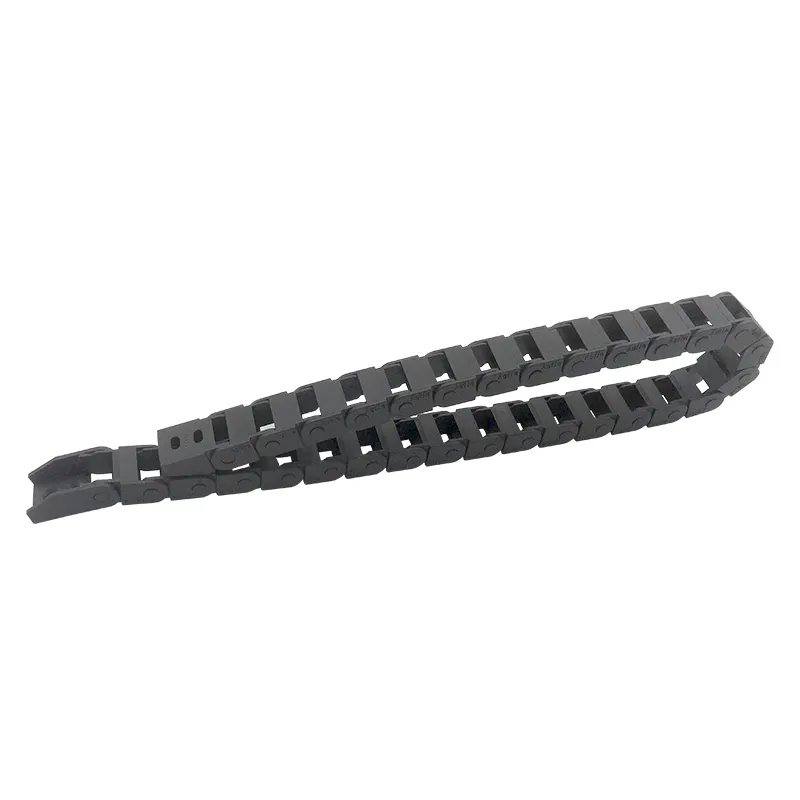cable and hose carrier
The Importance of Cable and Hose Carriers in Modern Machinery
In the world of modern machinery and industrial automation, the efficient management of cables and hoses is crucial for optimal performance and safety. This is where cable and hose carriers come into play. Often referred to as energy chains, these carriers are designed to guide and protect moving cables and hoses in various applications, significantly enhancing the longevity and reliability of mechanical systems.
Cable and hose carriers consist of a series of connected links that form a protective channel for wires and hoses. This design allows for smooth and unrestricted movement, preventing tangling, wear, and potential damage. When machinery moves, the associated cables and hoses can become twisted or kinked, which can lead to interruptions in functionality and costly downtime. By utilizing a cable and hose carrier, companies can avert these issues, ensuring that their operations run smoothly and efficiently.
One of the key benefits of using cable and hose carriers is their versatility. They come in various sizes, shapes, and materials, allowing them to accommodate different types of cables and hoses across numerous industries. Whether it’s manufacturing, construction, or robotics, energy chains can be customized to fit specific requirements. This adaptability makes them an invaluable asset in designing complex systems where space and motion are critical factors.
cable and hose carrier

Moreover, cable and hose carriers contribute to improved workplace safety. By organizing cables and hoses, they help to eliminate tripping hazards and reduce the risk of accidents. In high-stakes environments, such as factories or construction sites, safety is paramount, and implementing these carriers is a proactive step toward creating a safer working environment.
In addition to safety and organizational benefits, cable and hose carriers also enhance maintenance efficiency. Regular inspections and replacements are simplified when cables and hoses are properly housed. This not only saves time but also reduces maintenance costs, since identifying wear or damage is more straightforward when components are accessible and organized.
In conclusion, cable and hose carriers play a vital role in the function and safety of modern machinery. Their ability to protect and manage cables and hoses while facilitating smooth movement makes them essential in various industries. By investing in high-quality energy chains, companies can enhance operational efficiency, promote safety, and ultimately contribute to a more productive work environment. As we continue to advance technologically, the role of cable and hose carriers will undoubtedly become even more significant in the machinery landscape.








